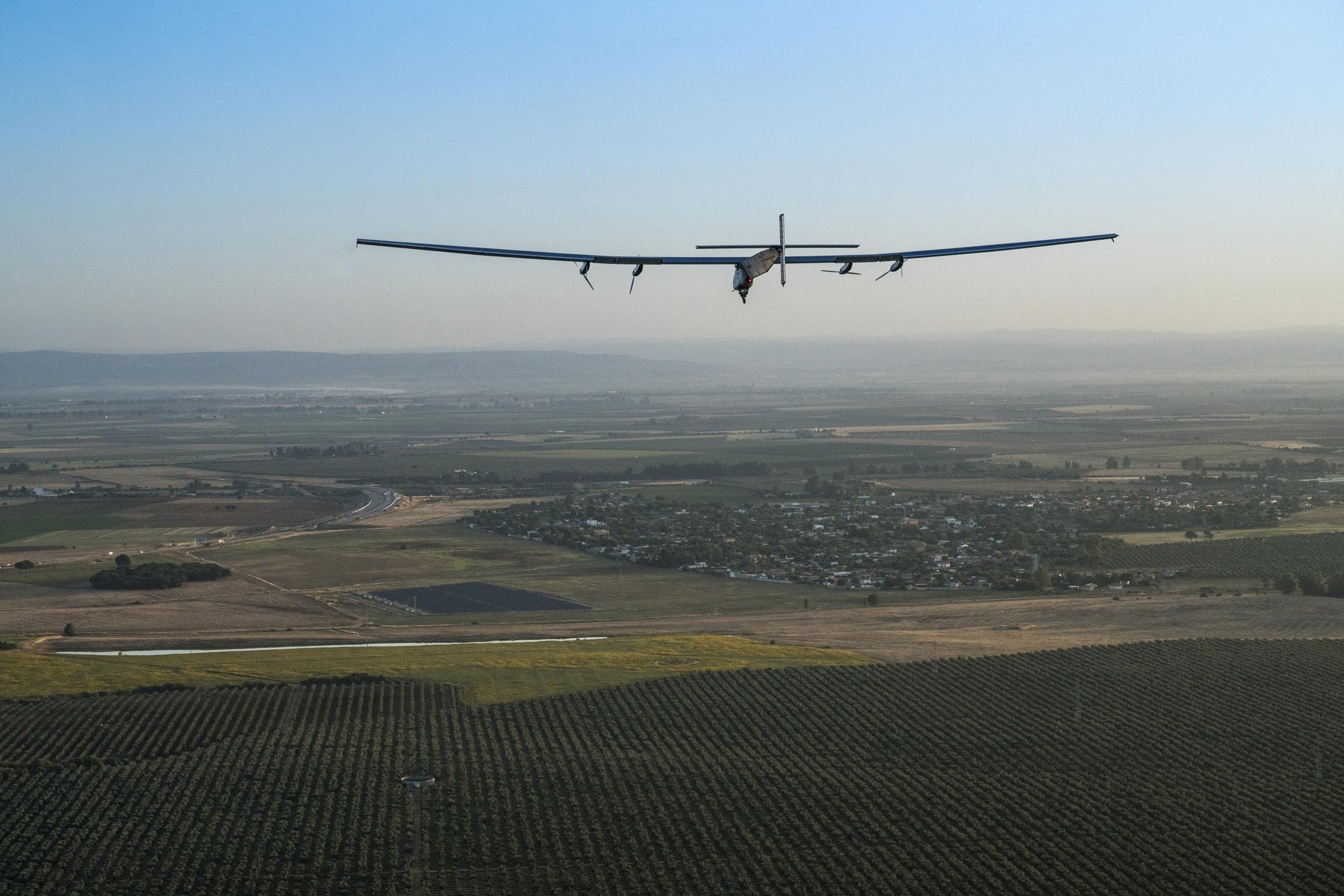
The two Swiss pioneers Bertrand Piccard and André Borschberg will shortly be aiming to complete the first around-the-world flight in their exclusively solar-powered aircraft. The Solar Impulse project will end in Abu Dhabi, United Arab Emirates, where it began over a year ago.
However, this isn’t the end of the success story for official partner Covestro. Its materials, which enabled the mission with the ultra-lightweight aircraft, will find their way into countless everyday products in the future, says the company.
This picture shows the Solar Impulse aircraft in Seville, Spain, on 23 June 2016.
“Solar Impulse is a…
Read More From The Source
Visit Covestro
About Bertrand Piccard:
 Bertrand Piccard (born 1 March 1958) is a Swiss psychiatrist and balloonist. Along with Brian Jones, he was the first to complete a non-stop balloon flight around the globe. He is currently the initiator, chairman and co-pilot of the first attempted round-the-world solar flight.
Bertrand Piccard (born 1 March 1958) is a Swiss psychiatrist and balloonist. Along with Brian Jones, he was the first to complete a non-stop balloon flight around the globe. He is currently the initiator, chairman and co-pilot of the first attempted round-the-world solar flight.
Piccard was born in Lausanne, Vaud, a Swiss canton, into a family of explorers. His grandfather Auguste Piccard was a balloonist and his father, Jacques Piccard was an undersea explorer.
On 1 March 1999, Bertrand Piccard and Brian Jones set off in the balloon Breitling Orbiter 3, a bright red, carbon-composite, egg-shaped craft measuring sixteen feet long and seven feet in diameter, from Château d’Oex in Switzerland on the first successful non-stop balloon circumnavigation of the globe—the first circumnavigation requiring no fuel for forward motion.Piccard and Jones, in close cooperation with a team of meteorologists on the ground, caught rides in a series of jet streams that carried them 25,361 miles to land in Egypt after a 45,755 km (28,431 mi) flight lasting 19 days, 21 hours, and 47 minutes. In recognition of this accomplishment, he received awards including the Harmon Trophy, the FAI Gold Air Medal and the Charles Green Salver.
In November 2003, he announced a project, in cooperation with the École Polytechnique Fédérale de Lausanne (EPFL), for a solar-powered, long-range aircraft named Solar Impulse. Piccard began construction in 2007, and conducted short test flights in 2008 with André Borschberg. By 2009, he had assembled a multi-disciplinary team of fifty specialists from six countries, assisted by approximately one hundred outside advisers.
The project is financed by a number of private companies and individuals in Europe. The first company to support the project officially was Semper, after Eric Freymond was convinced of the future success of the highly media-friendly Bertrand Piccard.Owing to international support for the project, the Solar Impulse is a European craft, not a Swiss one, despite scientific and medical support from the EPFL and Hirslanden Clinique Cecil.
In 2010, the Solar Impulse 1(Si1) made its first nighttime flight. In 2011, it landed at Bourget Field in Paris. In 2012, it made its first intercontinental flight from Morocco to Switzerland. Originally conceived as a one-seater, the design of Solar Impulse was altered to allow two. The first intercontinental flight was made by Piccard and Borschberg together. In 2013, he and Borschberg traversed the United States from Mountain View, California to JFK Airport in New York City. There were several stops along the way, including Washington, D.C.
In 2015, the objective is to accomplish the first round-the-world solar flight in history. The voyage consists of multiple flights started on March 9 and was scheduled to conclude roughly five months later. In order to switch pilots, stopovers are scheduled at locations in India, Myanmar, China, United States, and southern Europe or northern Africa.
Bertrand Piccard piloted Leg 9 of the round-the-world trip and landed the Solar Impulse 2 (Si2) in Moffett Field in California on April 24 2016 after 3 days of flying from Kalaeloa Airport, Hawaii.













